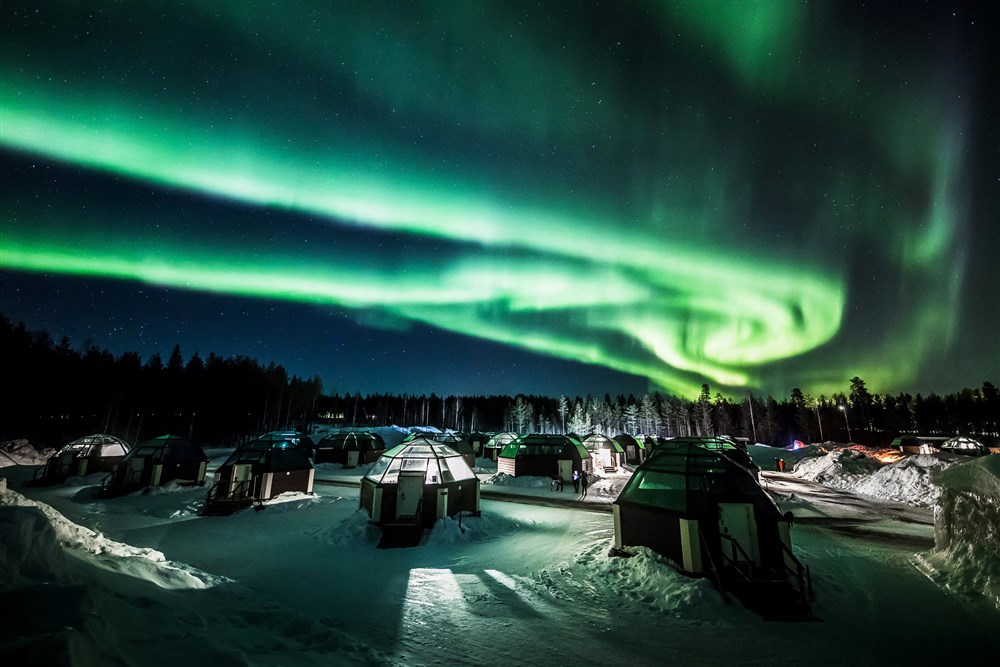
It’s weird to think about how this will be the final assignment for our astronomy class. Throughout the semester, my understanding of the vast universe we exist in has deepened, further changing my perspective of our world and humanity’s role within it. In this class, we studied the basic processes of the universe, from its formation to the geographic and atmospheric processes of planetary bodies. I think one of the hardest concepts to understand or rather accept was the vastness of our universe. It is always said that the universe is massive, infinite, and further expanding, however, I don’t think I fully understood how true those concepts were before this class. It’s hard to understand the scale of the universe from our positions on earth. We considered location changes over states or countries as large measures of distance, so it is truly jarring when faced with the infinitely larger scale that the universe plays out on. This is true with both distance and time. The distance of planets, stars, and galaxies to Earth all exposed the vastness of the universe, however, the increment of time that humanity has existed within it is also incredibly small. In class, we looked at the Cosmic Calendar which maps the formation and development of the universe, and within this calendar, humanity is only present for a few seconds of the last day.
My perspective on life outside of Earth also changed. I always somewhat believed that somewhere within the universe there would be other life forms, however, now I truly understand that this is almost a certainty. When you think about the crazy number of stars within our universe and how common planetary bodies are that orbit these stars it is almost impossible not to believe in extraterrestrial life. Not to mention that even within our solar system there is still a possibility for life to exist on a few different worlds, like Europa, Io, or Titan.







